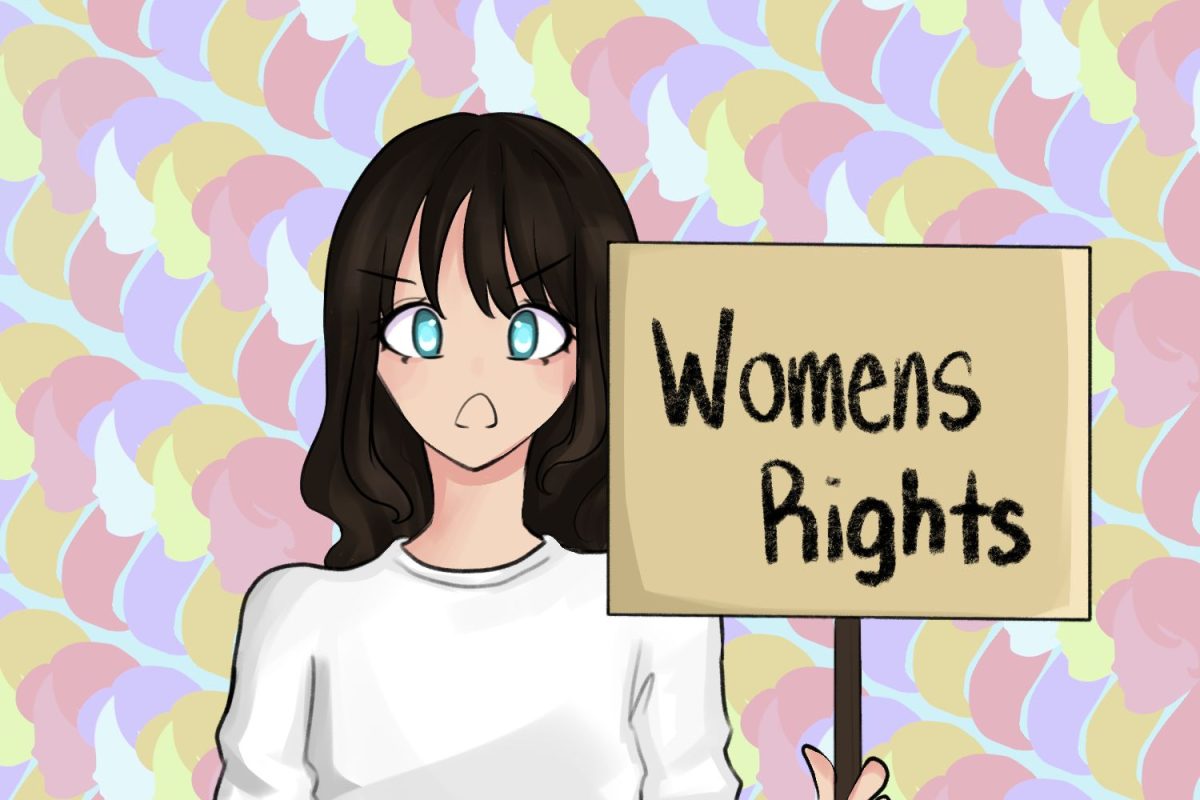
From Feb. 16 to Feb. 22, the Aromantic Spectrum Awareness Week illuminates those who identify as aromantic or anything on that spectrum.
Butterflies in people’s stomachs float around as Valentine’s Day approaches, and couples prepare to celebrate with dates, romantic gestures, and more. However, not everyone feels this same romantic attraction.
Traditional conventions of Valentine’s Day among students include buying roses, going out on dates, and holding hands.
“People celebrate Valentine’s Day in very typical ways, I suppose. Flowers, dinners, that sort of thing — at least for my generation, maybe not the young people,” said Anne Eggli, the Carlmont secretary.
But, these activities trigger no emotional response for some.
These people can identify on the aromantic spectrum. According to Merriam-Webster, someone who is aromantic does not feel any romantic attraction to others. The aromantic community can sometimes be confused with the asexual one. Though similar to aromanticism, asexuality describes those who don’t feel any desire to engage in sexual actions with others. There are many other identities within the aromantic spectrum and the asexual spectrum. According to glaad.org, the aromantic and asexual spectrums include being gray-asexual or gray-romantic, demi-sexual or demi-romantic, and everything in between.
Mark Chen, a sophomore at Irvington High School, identifies as mainly asexual. For him, sexual and romantic desire doesn’t cross his mind, even on Valentine’s Day.
“Usually, I don’t really care about Valentine’s day. I just realize when my friends’ Instagram stories pop up, and they all have their significant others in them,” Chen said.
Though those on the aromantic spectrum may not be interested in romantic relationships, they can have close platonic relationships nonetheless. On Valentine’s Day, those who aren’t in any romantic relationship still find ways to celebrate.
Andy Ramroth, the adviser for Calmont’s Gender and Sexuality Alliance Club (GSA), hopes to broaden the limits of Valentine’s Day.
“We’ve been talking about how Valentine’s Day can be different for a lot of people. So, in relation to aromantic awareness, not everybody is necessarily interested in a romantic partner, but they can still celebrate Valentine’s Day by thinking about their friends and the people that they’re closest to,” Ramroth said.
In light of the different ways people celebrate on Feb. 14, Aromantic Awareness Week serves to bring attention and comfort to those who don’t celebrate it at all.
“I think the biggest insecurity I got from realizing that I wasn’t attracted to people that way was that I was going to be different from everyone else. Then I realized everyone was different anyways,” Chen said.
Although everyone is different in their own way, the awareness week brings an increased sense of security to people that identify as aromantic and feel out of place among their peers.
“It’s a great way for people to feel heard, feel included, and feel that they’re on the same spectrum with everyone else,” Ramroth said.
Like other LGBTQIA+ awareness events, Aromantic Awareness Week helps the community accept their differences.
“Having the awareness week makes people aware that not everybody is the same, and that’s OK,” Eggli said.













Lillian Bookout • Feb 19, 2020 at 11:53 am
Hello, I am a writer from Holt High School and I was wondering what source you used to make your animated picture.
Veronica Roseborough • Feb 22, 2020 at 9:19 am
In regards to your inquiry about this article, “Aromantic and Asexual Awareness Week broadens the impact of Valentine’s Day,” the writer used adobe animate to create the animated feature image.